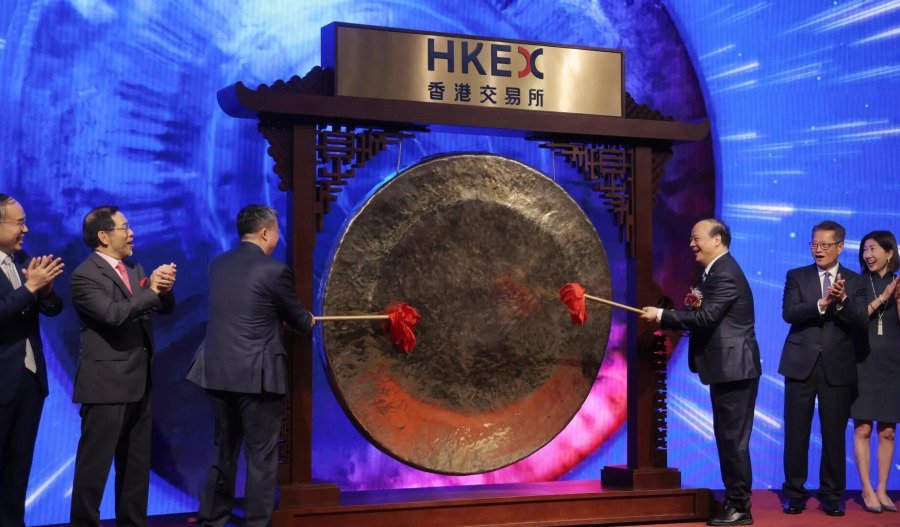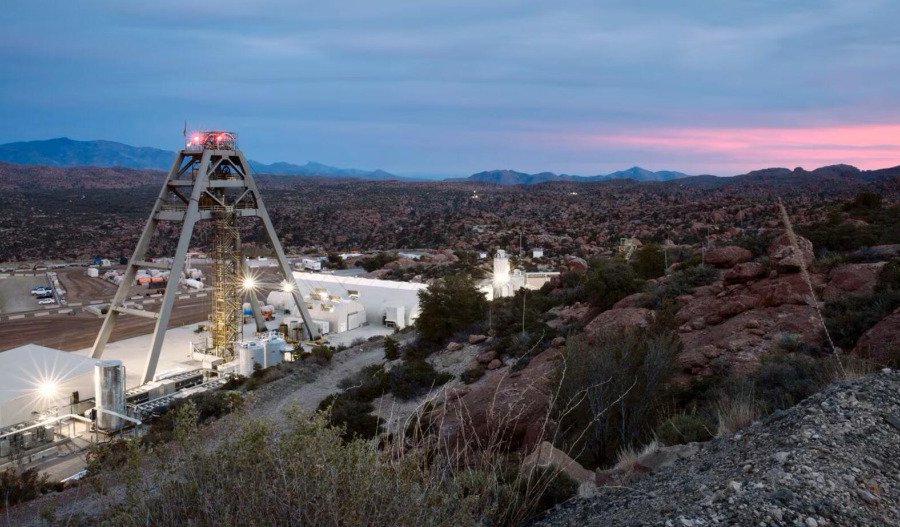Mining heavyweight BHP (ASX : BHP) has thrown its considerable weight behind Chinese battery manufacturer BYD, signing a memorandum of understanding that signals a pragmatic shift towards Asian electrification expertise as the company battles to meet ambitious decarbonisation targets.
The partnership with BYD's FinDreams Battery subsidiary represents a calculated bet on proven technology rather than unproven Western alternatives - a move that may ruffle feathers given the current geopolitical climate.

Under the MoU, BHP will explore battery solutions for heavy mining equipment and locomotives, alongside flash-charging infrastructure development.
The collaboration also encompasses BYD's commercial vehicle fleet for operational applications as the Big Aussie pursues its diesel displacement strategy.
BHP has simultaneously inked a separate MoU with CATL - the world's largest battery manufacturer - covering similar ground in mining equipment electrification and rapid charging infrastructure development.
The miner faces a mounting challenge as emissions from diesel consumption now dominate its carbon footprint following successful renewable energy rollouts across grid-connected operations.
Around 75% of the group's planned $4 billion decarbonisation expenditure through 2030 targets diesel replacement in haul trucks - making alliances with established battery manufacturers essential rather than optional.
BYD's FinDreams brings substantial credentials to the table as the world's second-largest EV battery producer with 17% market share, trailing only CATL.
Its blade battery technology has already demonstrated effectiveness in heavy equipment applications, with Chinese manufacturer XCMG deploying 400 kWh swappable battery packs in extraction operations across Inner Mongolia.
While the company remains on track for a 30% operational emissions reduction by 2030, recent analysis suggests the path to net zero by 2050 will be decidedly non-linear.
BHP's emissions are expected to rise in the near term due to production growth before technology deployment drives meaningful reductions later in the decade.
Chinese alliances carry obvious political sensitivities, particularly as Western governments increasingly scrutinise supply chain dependencies.
However, the Australian giant's approach mirrors broader industry trends - with American automotive supplier BorgWarner signing an eight-year deal with FinDreams for battery pack manufacturing across Europe and the Americas.
While mining produces the raw materials enabling the energy transition, it lacks the downstream expertise to electrify its own operations efficiently.
McKinsey estimates that electrifying mobile fleets in the global iron ore sector alone could drive electricity demand up 20-30 terawatt-hours, requiring US$30-45 billion in power infrastructure investment.
BHP's Queensland coal mines represent its largest emissions source, producing almost half of its operational pollution.
Yet success in heavy equipment electrification could provide a template for broader industry adoption - potentially creating new revenue streams from technology licensing and infrastructure services.
Whether this alliance delivers transformational change or becomes another expensive experiment remains to be seen.
But with competitors like Fortescue already committing $2.8 billion to zero-emission machine orders, BHP cannot afford to lag behind in the electrification race.



